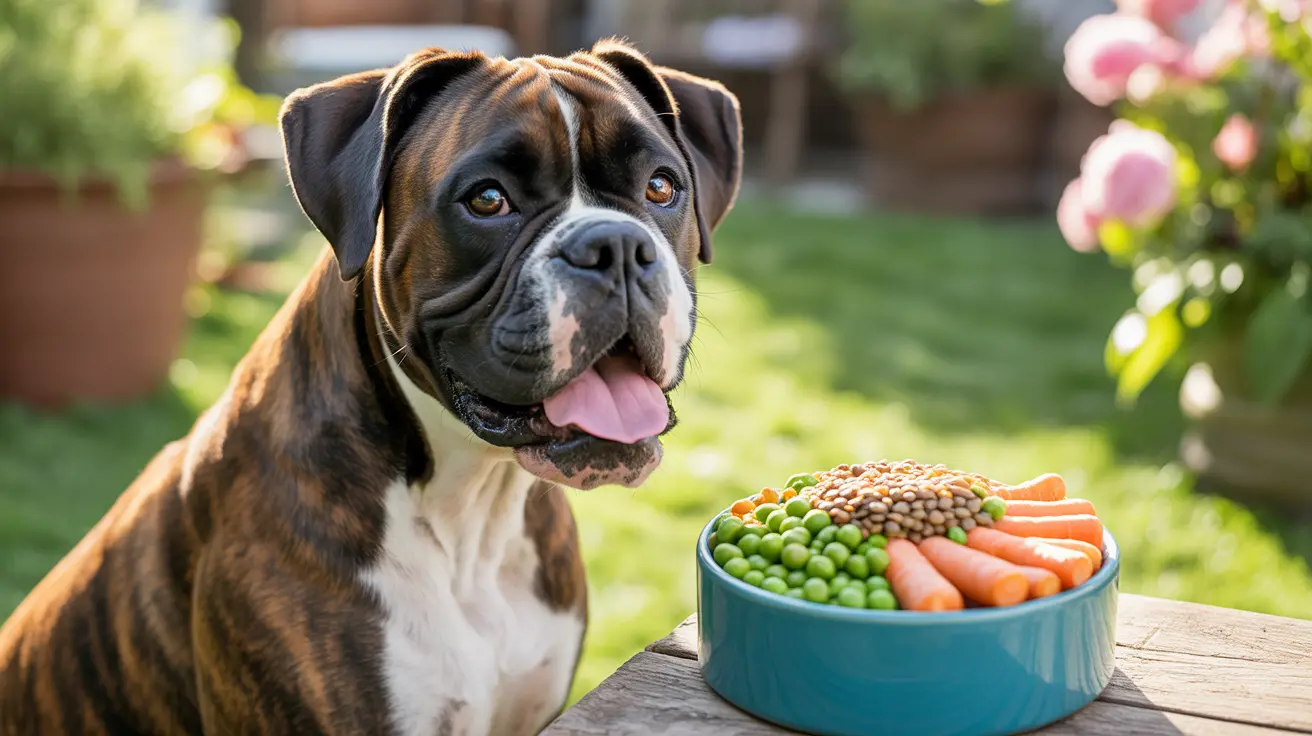The One Meat You Should Never Feed Your Dog
Feeding your dog a nutritious and balanced diet is essential for their health and well-being. While many meats are safe for dogs when cooked properly, there is one meat that poses significant risks: raw or undercooked pork. Understanding why this meat is hazardous can help prevent potentially life-threatening conditions in your pet.
Why Raw or Undercooked Pork is Dangerous
Raw pork may carry several risks that can harm a dog's health, including:
- Trichinella Spiralis: This is a parasitic roundworm found in raw or undercooked pork. Infected dogs may suffer from trichinosis, causing symptoms like vomiting, diarrhea, lethargy, and muscle inflammation.
- Harmful Bacteria: Pork that hasn’t been adequately cooked can harbor Salmonella or Listeria, potentially leading to severe gastrointestinal illness or infections.
- High Fat Content: Even properly cooked pork, especially cuts high in fat, can lead to pancreatitis in dogs. Pancreatitis is an inflammation of the pancreas and can be very painful, potentially becoming chronic or life-threatening.
- Processing Risks: Processed pork products such as bacon, ham, or sausages often contain high levels of sodium, preservatives, and seasonings that are toxic to dogs, such as garlic and onion powder.
Symptoms of Pork-related Illness in Dogs
If a dog consumes contaminated or unsafe pork, you may notice the following signs:
- Vomiting or diarrhea
- Stiffness or muscle pain
- Fever
- Fatigue or lack of energy
- Dehydration
Immediate veterinary care is crucial if these symptoms appear after pork ingestion.
Safe Meat Options for Dogs
Instead of pork, several other meats are considered safer and healthier for dog consumption, including:
- Chicken: Lean and commonly used in dog food. Cooked chicken provides high protein with low fat.
- Beef: Ground or stewed beef (without seasoning) is a nutritious option for dogs.
- Turkey: Boneless, skinless turkey is another lean protein option.
- Lamb: Gentle on sensitive stomachs and a good source of amino acids and dietary fats.
- Fish: Salmon and whitefish are rich in omega-3 fatty acids beneficial for coat and skin health.
Proper Preparation Matters
When feeding your dog meat, follow these safety guidelines:
- Cook Meat Thoroughly: Always ensure the meat is fully cooked to eliminate harmful organisms.
- Avoid Seasonings: Seasonings like garlic, onion, salt, and spicy additives can be harmful or toxic.
- Watch Portion Sizes: Balance meat with other essential nutrients like vegetables, grains, and dog-safe fruits.
- Introduce New Foods Slowly: Sudden changes can upset your dog’s digestive system, so introduce new protein sources gradually.
Consult Your Veterinarian
Every dog has unique dietary needs depending on its breed, age, activity level, and health status. Before making any significant changes to your dog's diet or introducing new meats, it’s best to consult your veterinarian. They can provide recommendations tailored to your dog and prevent unintended health issues.
Conclusion
While many meats are safe for dogs to consume, never feeding raw or undercooked pork is a critical rule for pet owners to follow. The risks associated with parasites, harmful bacteria, and high fat levels far outweigh any potential nutritional benefit. Stick with safe, cooked meat options and prioritize your dog’s health by feeding a balanced, vet-approved diet.





